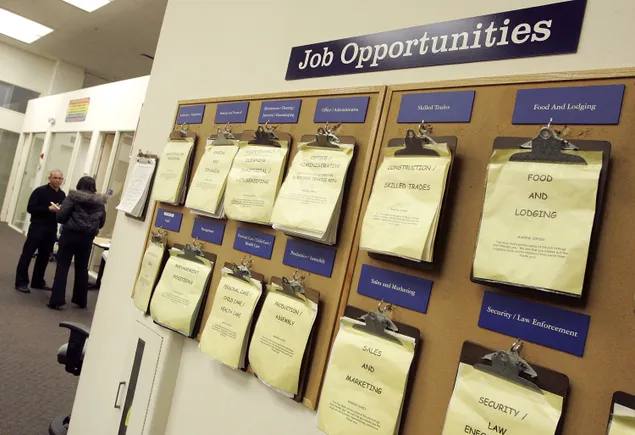As workforces wind down the year in the coming weeks, many HR and benefits professionals will face a key question: Why are so many employees leaving unused PTO on the table?
Research from FlexJobs highlights the scope of the issue: Almost a quarter of employees the organization surveyed didn’t take a day off in 2024, while more than 20% took fewer than five days. This is despite the vast majority—more than 80%—having access to paid time off.
Even if employees are allowed to roll some unused PTO into the next calendar year, widespread resistance to taking time regularly isn’t a “policy problem,” says Curtis Forbes, founder and CEO of employee engagement platform MustardHub.
Instead, Forbes says, “it’s a cultural signal that people believe rest comes with a penalty.”
FlexJobs’ research highlights the link between culture and unused PTO. While about one-third of those who avoided taking time off cite not having enough days saved up, a larger share (43%) blame their workload, saying it’s too heavy to justify time away. Similarly, nearly a third are worried about falling behind, and almost as many say they feel guilt and pressure to demonstrate a commitment to their work.
For these employees, “the culture has made stepping away feel costly,” Forbes says.
Yet, that type of high-pressure culture may ultimately cause employees to step away for good. MustardHub research found that about 46% of employees surveyed left a job because they felt disconnected or unsupported.
“These are the same cultural breakdowns that keep people from taking PTO in the first place,” Forbes says.
Unused PTO, he adds, is “an early warning sign.” Turnover is the “late one.”
“When employees stop using benefits designed to help them recover, it’s the culture telling you something isn’t working.”
HR strategies to drive cultural shifts
HR is at the helm of helping employees, managers and executives understand the personal and organizational risks of avoiding PTO and leading the cultural transformation to change the story.
Employees are eager for this leadership: MustardHub’s research found that almost 60% of workers want their employers to play a more active role in reducing stress and burnout and driving engagement. But HR must work closely with managers to do so.
Direct supervisors should focus on delivering regular appreciation and feedback—particularly for younger workers—which can emphasize that they are valued, integral members of the team.
“When employees don’t feel seen, supported or recognized,” Forbes says, “they assume their absence will be interpreted negatively. In those environments, people stay online even when the policy says they don’t have to.”
Managers, coached by HR, should also be attuned to workloads—setting reasonable expectations as well as modeling healthy habits themselves, such as avoiding late-night communications and taking their own time away from work.
HR also needs to ensure leadership is bought into the reality: Unused PTO is not a “vacation metric” but rather a strong “predictive indicator of burnout, productivity loss and eventual turnover,” Forbes says.
“When unused PTO rises at the same time employees say they want earlier intervention, it gives HR the leverage to show executives that disengagement isn’t happening in the dark,” he says. “Employees are signaling when they need help, and PTO avoidance is part of that signal.”




















